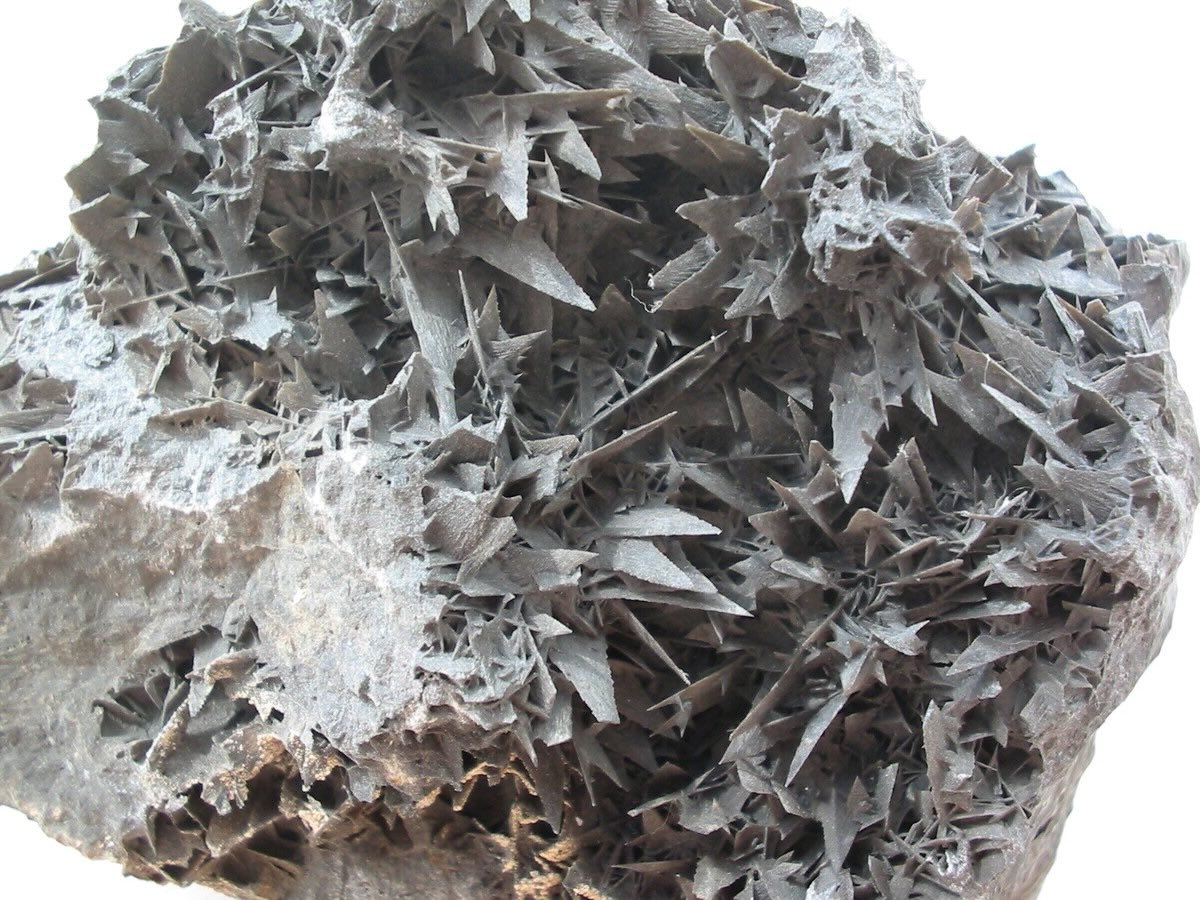
Pseudowollastonite might sound like a mouthful, but this fascinating mineral holds some intriguing secrets. Found in metamorphic rocks, it’s a high-temperature polymorph of wollastonite. Pseudowollastonite forms under specific conditions, making it a rare gem in the mineral world. Its unique structure and properties make it valuable in ceramics, glass, and even some industrial applications. Ever wondered why it’s called “pseudo”? That’s because it mimics the structure of wollastonite but forms differently. This mineral’s story is a blend of geology, chemistry, and a bit of mystery. Ready to dive into 25 facts about pseudowollastonite? Let’s get started!
Key Takeaways:
- Pseudowollastonite is a unique mineral with high-temperature origins and industrial applications in ceramics, glass, and steel production. It's important to handle it safely to avoid respiratory issues.
- This mineral, often found in metamorphic rocks and volcanic ejecta, has a pearly luster and is used in various industries. While non-toxic, precautions should be taken to minimize dust exposure.
What is Pseudowollastonite?
Pseudowollastonite is a fascinating mineral with unique properties and applications. It often gets confused with its close relative, wollastonite, but has distinct characteristics worth noting.
- Pseudowollastonite is a high-temperature polymorph of wollastonite, meaning it forms under different conditions.
- It typically forms in metamorphic rocks where high temperatures and pressures are present.
- The mineral is composed of calcium silicate (CaSiO3).
- Pseudowollastonite has a triclinic crystal structure, which differs from the monoclinic structure of wollastonite.
- It is often found in contact metamorphic zones, areas where magma has intruded into surrounding rock.
Physical Properties of Pseudowollastonite
Understanding the physical properties of pseudowollastonite can help identify and differentiate it from other minerals.
- Pseudowollastonite has a white to grayish color, sometimes appearing slightly green.
- It has a vitreous to pearly luster, giving it a shiny appearance.
- The mineral has a hardness of 5-5.5 on the Mohs scale, making it relatively hard.
- It exhibits perfect cleavage in two directions, which means it breaks smoothly along specific planes.
- Pseudowollastonite has a specific gravity of about 2.9, indicating its density.
Formation and Occurrence
The formation and occurrence of pseudowollastonite provide insights into the geological processes that create this mineral.
- Pseudowollastonite forms at temperatures above 1125°C, higher than those required for wollastonite.
- It is commonly found in skarns, which are calcium-bearing silicate rocks formed by contact metamorphism.
- The mineral can also occur in volcanic ejecta, materials expelled during volcanic eruptions.
- Pseudowollastonite is often associated with minerals like garnet, diopside, and vesuvianite.
- Significant deposits of pseudowollastonite have been found in Italy, Japan, and the United States.
Industrial Applications
Pseudowollastonite has several industrial applications due to its unique properties.
- It is used in the ceramics industry to improve the strength and durability of ceramic products.
- The mineral is also used as a fluxing agent in glass manufacturing, helping to lower the melting temperature of raw materials.
- Pseudowollastonite is utilized in the production of cement, where it acts as a supplementary cementitious material.
- It has applications in the steel industry as a slag conditioner, helping to remove impurities from molten steel.
- The mineral is also used in environmental applications, such as soil stabilization and waste treatment.
Health and Safety Considerations
While pseudowollastonite has many beneficial uses, it is important to consider health and safety aspects.
- Pseudowollastonite is generally considered non-toxic and safe to handle.
- However, inhalation of dust from the mineral can cause respiratory issues, so proper protective equipment should be used.
- It is important to follow safety guidelines when working with pseudowollastonite to minimize exposure to dust.
- The mineral is not classified as a carcinogen, meaning it does not cause cancer.
- Proper ventilation and dust control measures should be implemented in industrial settings to ensure worker safety.
The Final Word on Pseudowollastonite
Pseudowollastonite is more than just a mineral with a complex name. Its unique properties make it valuable in various industries, from ceramics to construction. This mineral's ability to withstand high temperatures and its role in producing high-quality ceramics highlight its importance. Additionally, its presence in certain geological formations provides insights into Earth's history.
Understanding pseudowollastonite helps appreciate the intricate details of our planet's composition. Whether you're a geology enthusiast or just curious about minerals, knowing these facts can deepen your appreciation for the natural world. So next time you come across a ceramic product or a construction material, remember the role pseudowollastonite might have played in its creation. This mineral, with its fascinating characteristics, truly stands out in the vast world of geology.
Frequently Asked Questions
Was this page helpful?
Our commitment to delivering trustworthy and engaging content is at the heart of what we do. Each fact on our site is contributed by real users like you, bringing a wealth of diverse insights and information. To ensure the highest standards of accuracy and reliability, our dedicated editors meticulously review each submission. This process guarantees that the facts we share are not only fascinating but also credible. Trust in our commitment to quality and authenticity as you explore and learn with us.
